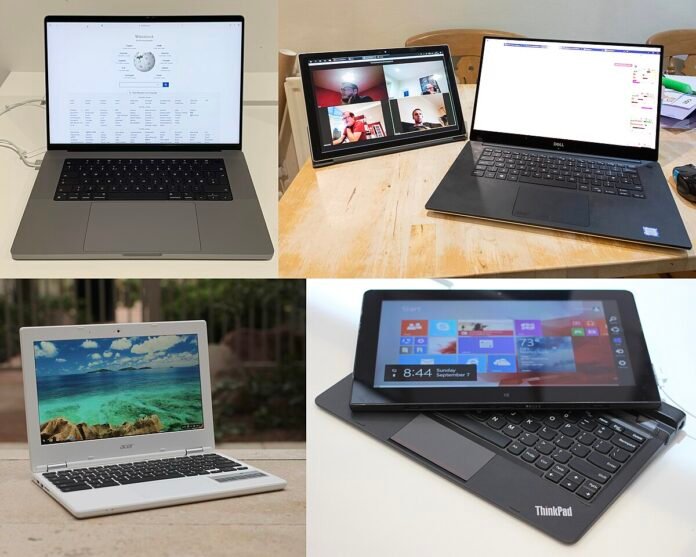The demand for laptops and tablets in Africa is showing signs of revival after years of decline. Market analysts now project steady growth in both volume and value through 2035.
According to industry forecasts, market volume is expected to rise at a CAGR of +1.4%, reaching 4.4 million units by 2035. In value, the sector could expand at +2.5% annually, hitting $2.3 billion by the same year.
This rebound comes after a sharp dip. In 2024, consumption fell by -10.2% to 3.7 million units, marking the third consecutive year of contraction.
Market value also dropped by -3.8% to $1.8 billion, well below the $2.9 billion peak of previous years.
South Africa Leads, Ghana Gains Ground
South Africa remains the continent’s largest consumer, with 1.5 million units in 2024, accounting for 41% of the total market. By value, it also dominates with $765 million.
But Ghana is rising fast. Its laptop and tablet consumption grew by +15.2% annually, reaching 250,000 units. Egypt followed with 214,000 units and a value share of $105 million.
Per capita, Mauritius led Africa in 2024 with 56 units per 1,000 persons, followed by Botswana (30) and South Africa (24). Ghana recorded the fastest long-term growth, with a CAGR of +12.8% from 2013 to 2024.
Imports, Exports, and Rising Prices
Imports remain the backbone of supply. In 2024, Africa imported 4.1 million units worth $2 billion. South Africa alone took in 1.8 million units—nearly half of all imports. Egypt, Ghana, and Tunisia followed with smaller shares.
Prices are rising sharply. The average import price in 2024 stood at $486 per unit, up 18% from 2023. Morocco paid the highest average price at $570 per unit, while Zimbabwe imported at just $183 per unit.
On exports, South Africa dominated again, shipping 271,000 units or 84% of the continent’s total. Ghana, though much smaller, grew its exports fastest, while Nigeria exported about 5,300 units.
Export values reached $106 million in 2024, with South Africa contributing $91 million. Average export prices slipped by -10% to $328 per unit, after peaking at $422 in 2022.
Africa still produces very little locally. In 2023, total production was just 3,200 units worth $1.2 million, a sharp fall from 110,000 units in 2020.
With demand forecast to recover steadily, shouldn’t Africa be invest more in local assembly and manufacturing, and to create jobs, rather than continue to rely on only imports?Rate, Like 👍, Comment💬, share this article, and join us on our social media handles. You can also Submit your own story to get featured and earn rewards!
















